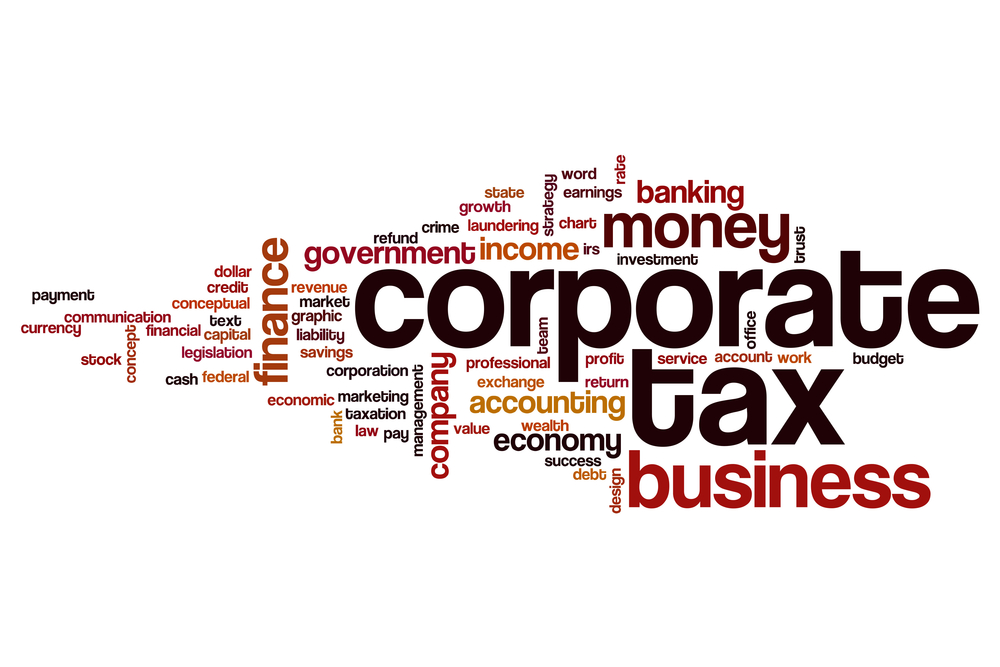Update!
As of the 23rd September 2022 this update has been cancelled! Corporation Tax will remain at 19%.
Background to the Corporation Tax Changes
The 2021 Budgets
The March and October 2021 UK budgets included a whole raft of changes to the UK corporation tax regime, some of which are already with us, and some that are due to arrive in 2023. A summary of the March 2021 budget statement that contained most of the changes can be found here.
The UK Corporation tax rate before these changes was competitive internationally at a rate of 19%. The COVID19 pandemic has thrown government borrowing into overdrive, so one straightforward way to collect billions of pounds of extra tax is to target the corporate tax rate.
Corporation Tax History
To put this into historical context, if we go back 40 years the rate of corporation tax was 52% for large companies and 38% for small companies. Up until 2015 small and large companies paid corporation tax at different rates, however between then and 2023 all companies pay corporation tax at the same rate.
How Corporation Tax is Charged
Corporation Tax Profits
Before we discuss the new rates it is important to recall how corporation tax is charged. Companies can have a year-end of any day of the year. Typically this is the end of a month but this is not necessarily so. The taxable profits (including non-trading income and capital gains) are calculated over the year and charged to corporation tax.
Corporation Tax Financial Years
A complication arises when the company year-end is not aligned with the corporation tax financial year. An idiosyncrasy of the UK tax system is that the personal tax year ends on the 5th of April each year whereas the corporation tax year ends on the 31st of March. In recent years this financial year has had no real bearing on the taxation of companies as the rate of corporation tax has been the same each year.
However, when the new corporation tax rates come in, companies who have a financial year that does not coincide with the corporation tax financial year will have to do a calculation where they apportion profits to each of the rates.
An Example Corporation tax Calculation
An example for a company with a December year-end and a profit of £200,000 could be as follows if one year the rate was 19% and the next 25%:
- 2022 Financial Year: £200,000 x £90/365 £49,315 * 19% = £9,370
- 2023 Financial Year: £200,000 x £275/365 £150,685 * 25% = £37,671
- Total Tax: £47,041 (effective rate of 23.5%)
The New Corporation Tax Rates
The Rates
The main rate of corporation tax is being raised to 25%, from the existing corporation tax rate of 19%, with effect from the 1st of April 2023. However, unlike the years since 2015, there will now be a rate of corporation tax for small companies with taxable profits under £50,000 of 19%. So for small companies with low profits, there will be no change in the tax that they pay. Companies with profits over £250,000 will pay the full rate of 25%.
Marginal Rates
For the last few years corporation tax calculations have been simple. We are now moving to a new world, which is like the bad old days, where there is a marginal relief calculation to be calculated between 19% and 25%. This will apply where a company’s total taxable profits are between £50,000 and £250,000.
Marginal relief will be given at a rate of 3/200 on the amount that the profits are under the upper limit of £250,000.
The best way to demonstrate this is with an example. If a company has a March 2024 year and has profits of £100,000 the calculation of their marginal relief will be as follows:
- Full rate of tax: £100,000 * 25% = £25,000
- Marginal relief: (£250,000 – £100,000) *3/200 = £2,250
- Total Corporation Tax Payable: £22,750
- Effective Corporation Tax Rate of 22.75%
Transitional Rates
It is important to realise that as explained above companies with a non-March year-end will experience transitional rates. For example, if a company has a June 2023 year-end, 9 months of the year will fall in the old regime and 3 months will fall in the new regime. If the profits are under £50,000 this will mean no change as both the old and new rates are 19%.
However, if the profits are over £50,000 it will result in a hybrid rate for the whole year which will be higher than the previous rate. In this way, we can see that even though the changes start in April 2023 this could be affecting companies from as early as May 2022.
Associated Companies
The New (Old) Rules
One important aspect that has not been mentioned so far is that the £50,000 and £250,000 limits for the new small company rate are divided between all “associated” companies. Company owners and accountants all breathed a sigh of relief in 2015 when these associated company rules were effectively abolished. However, they are now back and can negatively affect the owners of multiple companies.
The rules for associated companies are complex but essentially they stipulate that a company is associated if one owns the others or they have common control. Control typically means that a person owns more than 50% of the shares. Comprehensive information on associated companies can be found here.
The effect of these rules can be dramatic. We are now combining higher corporation tax rates with the potentially problematic effect of associated companies.
If we imagine a person owns 2 companies, Company A and Company B both with profits of £125,000 we get the following example:
- Pre the new rules:
- Company A tax: £125,000 @ 19% = £23,750
- Company B tax: £10,000 @ 19% = £1,900
- Total tax = £25,650 (No difference if companies are associated or not)
- Post the new rules:
- (Lower and upper limits now £25,000 and £125,000 due to 2 associated companies)
- Company A tax: £125,000 @ 25% = £31,250 with no marginal relief
- Company B tax: £10,000 @ 19% = £1,900 with no marginal relief
- Total Tax = £33,150 (£1,125 more than if there was one company with £135,000 profit)
The total tax bill is dramatically higher due to the corporation tax increase. And if associated companies are not considered carefully they can create even higher corporation tax bills.
FAQs
Are The Corporation Tax Rates Changing?
There is a major overhaul to the corporation tax regime starting in April 2023. This means higher corporation tax rates and a return to the old associated company regime that can create higher tax bills for owners of more than one Limited Company.
What is the new Corporation Tax Rate?
The new rates from April 2023 are 19% for companies with taxable profits of under £50,000 and 25% for companies with profits over £250,000. Marginal rates will apply in between these thresholds.
What is the Corporation Tax Rate for 2022?
The Corporation tax rate for 2022 is 19% for all companies as it has been since 2017. It will remain at this rate until the 31st of March 2023.
Get In Touch
This change to the corporation tax regime is one of the biggest tax rises to hit compaies for years. It will inevitably be a challenging time for many profitable businesses.
If you would like advice around any of these changes and how to plan for and mitigate them, please do not hesitate to get in touch with our accountants.





